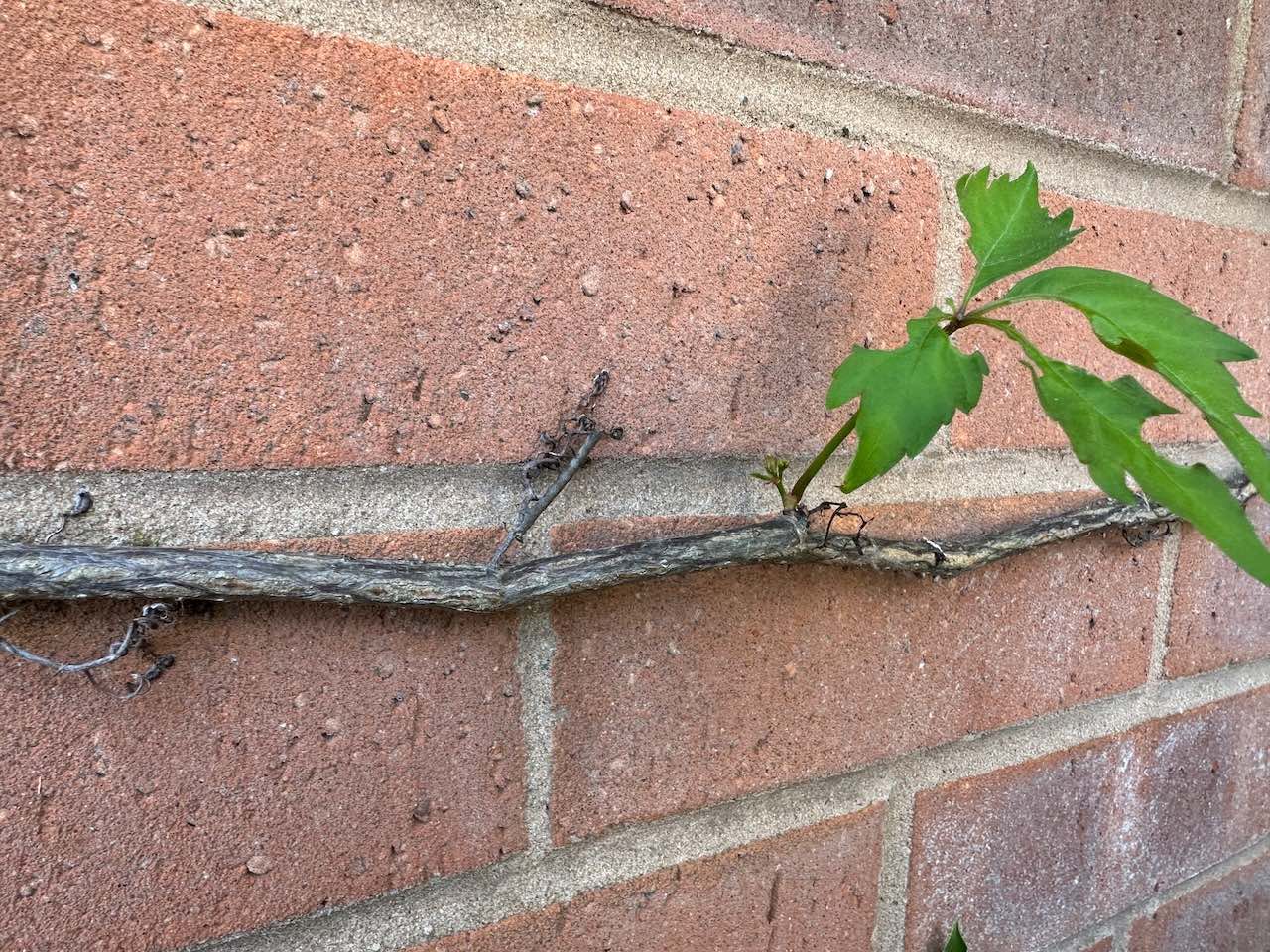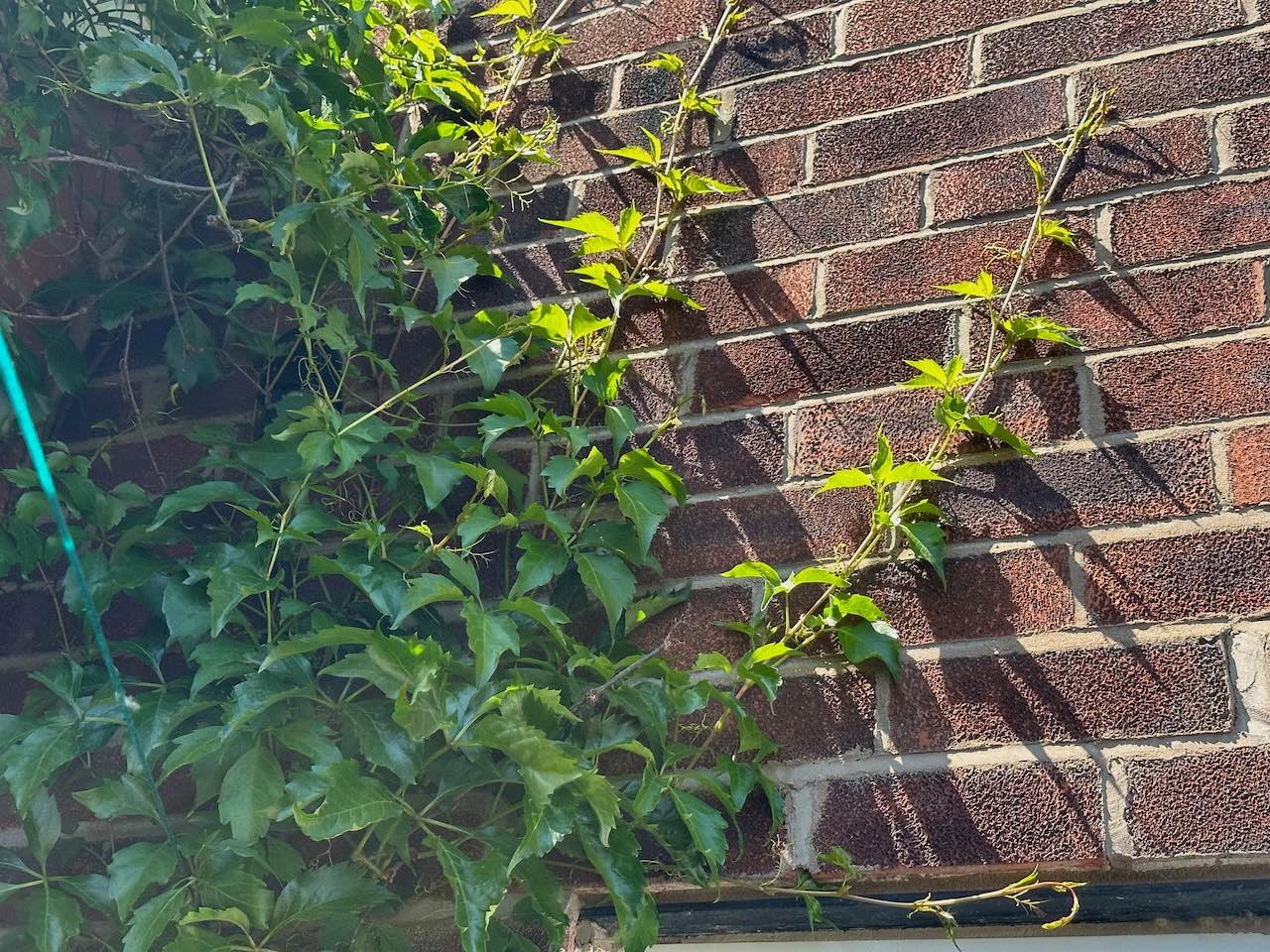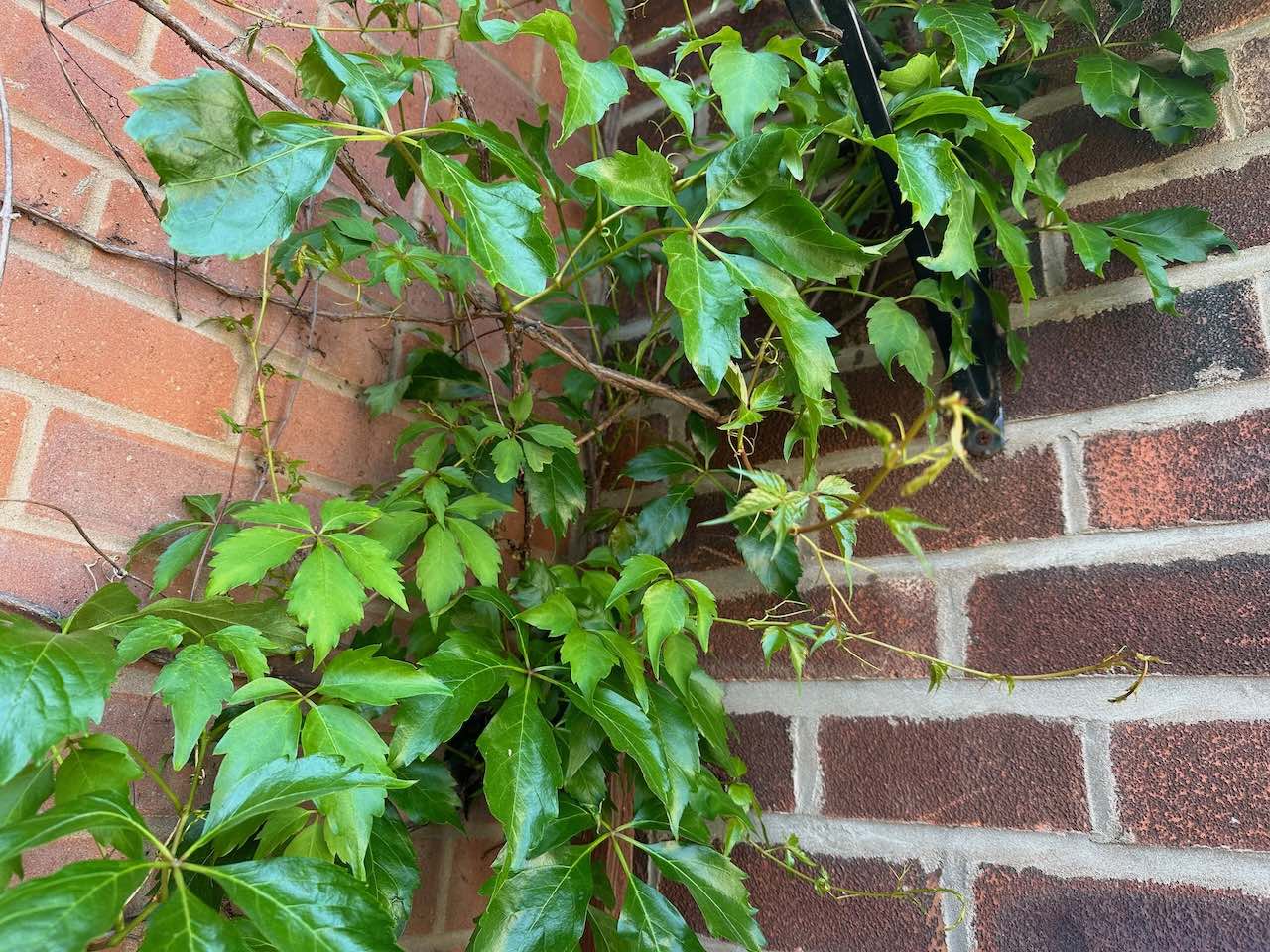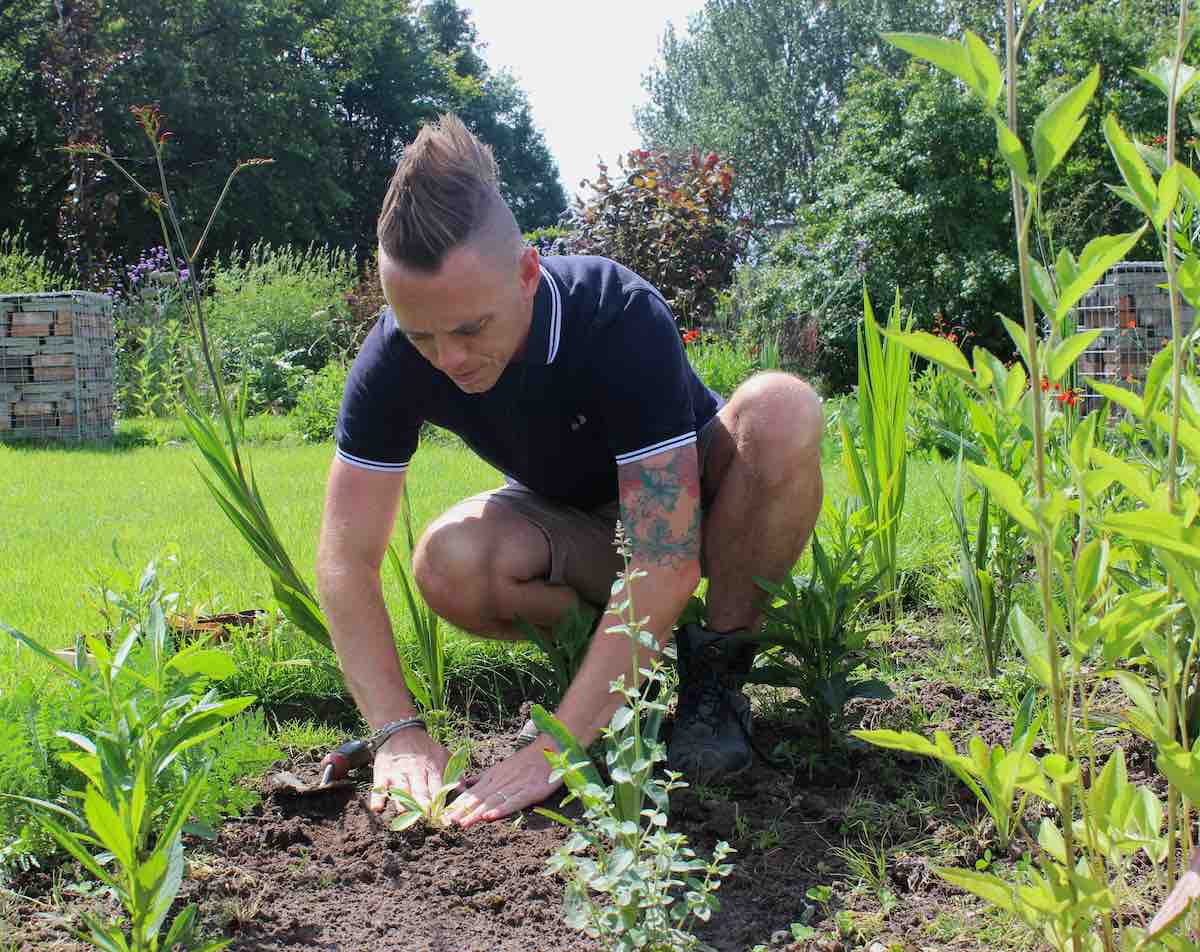Ask a Gardening Question Forum
 Lee Burkhill: Award Winning Designer & BBC 1's Garden Rescue Presenters Official Blog
Lee Burkhill: Award Winning Designer & BBC 1's Garden Rescue Presenters Official Blog

Welcome to the ultimate beginner gardening and garden design forum! Where no gardening question is too silly or obvious. This online gardening forum is run by Lee Burkhill, the Garden Ninja from BBC 1's Garden Rescue and a trusted group of experienced gardeners.
Whether you are a beginner or an expert gardener, it's a safe place to ask garden-related questions for garden design or planting. If you have a problem in your garden or need help, this is the Garden Forum for you!

Posting Rules: This space is open for all garden-related questions. Please be polite, courteous and respectful. If you wouldn't say it to your mum's face, then don't post it here. Please don't promote, sell, link spam or advertise here. Please don't ask for 'cheeky' full Garden redesigns here. They will be deleted.
If you need a garden design service, please use this page to book a design consultation. I will block anyone who breaks these rules or is discourteous to the Garden Ninja Community.
Join the forum below with your gardening questions!
Quote from Wistful Phosphorescence on 3rd June 2023, 9:02 amDear Lee, as you requested on youtube here are the pictures of Parthenocissus quinquefolia
I hope you know a solution to make them grow aerial roots and many many thanks in advance! They do catch some wind here on the driveway but..maybe i need a better way to hold them against the wall?
Oh yes, and is it true that only new shoots create aerial roots?
🤘🏻🌻
Dear Lee, as you requested on youtube here are the pictures of Parthenocissus quinquefolia
I hope you know a solution to make them grow aerial roots and many many thanks in advance! They do catch some wind here on the driveway but..maybe i need a better way to hold them against the wall?
Oh yes, and is it true that only new shoots create aerial roots?
🤘🏻🌻
Uploaded files:Quote from Lee Garden Ninja on 5th June 2023, 7:30 pmHi @wistful-phosphorescence
Many thanks for your comment and welcome to the Garden Ninja forum!
It looks like your Virginia creeper (Parthenocissus quinquefolia) is super healthy and in a nice shape.
Parthenocissus quinquefolia only starts to sucker onto walls and fences after they are 2+ years old, so I'd guess that your plant is still quite juvenile, and maybe next year it will start to self-adhere. When I've grown them in the past, I like you, have used a few supports for the first couple of years and then find they attach themselves, so please don't panic.
Have a look at the images I took today for you of another Virginia creeper and you'll see what the suckering tendrils look like when they emerge!
Virginia Creeper/ Pathenocissus quinquefolia care and growing tips:
Parthenocissus quinquefolia or the Virginia creeper/Boston Ivy is a beautiful and vigorous vine that can add charm to any garden or landscape. Especially when covering walls or growing up buildings to help green up our gardens vertical spaces. It makes a nice home for some wildlife in the summer months too!
Here are some tips on how to look after Virginia creeper:
- Planting: Choose a suitable location for planting Virginia creeper. It prefers full sun to partial shade and well-drained soil. It's a hardy plant that can tolerate a wide range of soil conditions. In fact they grow in pretty much any soil!
- Watering: Provide regular water to the climbing plant as it establishes and especially during dry periods. Keep the soil moist but not waterlogged. Water deeply to encourage deep root growth when first planted rather than a sprinkle.
- Mulching: Apply a layer of organic mulch around the base of the plant to help retain moisture, suppress weeds, and insulate the roots. Use materials like wood chips, straw, or shredded leaves.
- Pruning Boston Ivy: Virginia creeper can be a vigorous grower, so regular pruning is necessary to keep it in check. I prune mine yearly to make sure it doesn't take over. Prune in late winter or early spring before new growth begins. Remove any dead, damaged, or weak stems. You can also prune for size control or to shape the plant as desired.
- Support: Provide a sturdy support structure for the vine to climb on. Virginia creeper naturally clings to walls, fences, or arbours using its adhesive tendrils. Make sure the support is strong enough to hold the weight of the mature plant.
- Fertilizing or plant food requirements: Virginia creeper generally doesn't require any fertilization as its such a vigoroug plant. However, if you notice poor growth or pale leaves, you can apply a balanced, slow-release fertilizer in early spring. Follow the instructions on the fertilizer package for proper application rates.
- Pests and diseases: Virginia creeper is relatively resistant to pests and diseases. However, it may occasionally encounter issues like leaf spot, powdery mildew, or scale insects. Monitor the plant regularly and take appropriate action if you notice any problems. You can use organic or chemical treatments, depending on your preference and the severity of the issue.
- Winter care: Virginia creeper is deciduous and goes dormant in winter. During this period, the plant doesn't require much care. You can prune it back in late winter or early spring as mentioned earlier.
Remember, Virginia creeper is a fast-growing vine and can become invasive if not properly maintained. Regular monitoring, pruning, and containment measures will help you keep it under control and enjoy its beauty in your garden.
I hope that helps you!
See you back on Youtube!
Lee
Many thanks for your comment and welcome to the Garden Ninja forum!
It looks like your Virginia creeper (Parthenocissus quinquefolia) is super healthy and in a nice shape.
Parthenocissus quinquefolia only starts to sucker onto walls and fences after they are 2+ years old, so I'd guess that your plant is still quite juvenile, and maybe next year it will start to self-adhere. When I've grown them in the past, I like you, have used a few supports for the first couple of years and then find they attach themselves, so please don't panic.
Have a look at the images I took today for you of another Virginia creeper and you'll see what the suckering tendrils look like when they emerge!


Virginia Creeper/ Pathenocissus quinquefolia care and growing tips:
Parthenocissus quinquefolia or the Virginia creeper/Boston Ivy is a beautiful and vigorous vine that can add charm to any garden or landscape. Especially when covering walls or growing up buildings to help green up our gardens vertical spaces. It makes a nice home for some wildlife in the summer months too!

Here are some tips on how to look after Virginia creeper:
Remember, Virginia creeper is a fast-growing vine and can become invasive if not properly maintained. Regular monitoring, pruning, and containment measures will help you keep it under control and enjoy its beauty in your garden.
I hope that helps you!
See you back on Youtube!
Lee
Quote from Wistful Phosphorescence on 6th June 2023, 6:02 am@lee
Dear Lee,
Thank you so so much for replying and for the massive amount of information, that is very helpful
So if i understand correctly both new growth and older wood will start to suck themselves against the wall eventually? Awesome, then i think ill keep it on this height untill then so it can grow in width aswell
Those sucker tendrils though, as you see on pictures #6 from me it does seem to grow these but they are far from enough to keep the branches locked to the wall (same tendrils that grapes grow and passionflower)
Also i read something about "False Virginia Creeper" ..Parthenocissus inserta? What is that all about, did i buy the wrong one eventhough advertised as the Quinquefolia?
Not sure if im eligible go do so but i found that here: https://lizzieharper.co.uk/2019/04/whats-the-difference-between-virginia-creeper-and-false-virginia-creeper/#:~:text=The%20Virginia%20creeper%20has%20tendrils,the%20end%20of%20each%20tendril.
Or are the sucker tendrils after 2+ years different?
Again, thank you so so much!
All the best
Tim
Dear Lee,
Thank you so so much for replying and for the massive amount of information, that is very helpful
So if i understand correctly both new growth and older wood will start to suck themselves against the wall eventually? Awesome, then i think ill keep it on this height untill then so it can grow in width aswell
Those sucker tendrils though, as you see on pictures #6 from me it does seem to grow these but they are far from enough to keep the branches locked to the wall (same tendrils that grapes grow and passionflower)
Also i read something about "False Virginia Creeper" ..Parthenocissus inserta? What is that all about, did i buy the wrong one eventhough advertised as the Quinquefolia?
Not sure if im eligible go do so but i found that here: https://lizzieharper.co.uk/2019/04/whats-the-difference-between-virginia-creeper-and-false-virginia-creeper/#:~:text=The%20Virginia%20creeper%20has%20tendrils,the%20end%20of%20each%20tendril.
Or are the sucker tendrils after 2+ years different?
Again, thank you so so much!
All the best
Tim
Quote from Wistful Phosphorescence on 7th June 2023, 10:38 amDear Lee,
You can ignore my above post, i just discovered that my Creeper indeed grow little round suckers that look identical to your pictures so i thank you again! Thankfully i got the right Parthenocissus haha.
Tim
Dear Lee,
You can ignore my above post, i just discovered that my Creeper indeed grow little round suckers that look identical to your pictures so i thank you again! Thankfully i got the right Parthenocissus haha.
Tim


Vuelo Top 10 Garden Blogger Award 2019
Chelsea Flower Show Director Generals Trade Stand Award 2018
5 Star Trade Stand Hampton Court 2018
Garden Media Guild New Talent 2017 Finalist
RHS & BBC Feel Good Gardens Winner 2016
 To my YouTube channel
To my YouTube channel
JOIN THE NINJAS
Join our Ninja community for your Exclusive Discounts
JOIN THE NINJAS

Be the first in line for new Guides, Discount codes and Offers